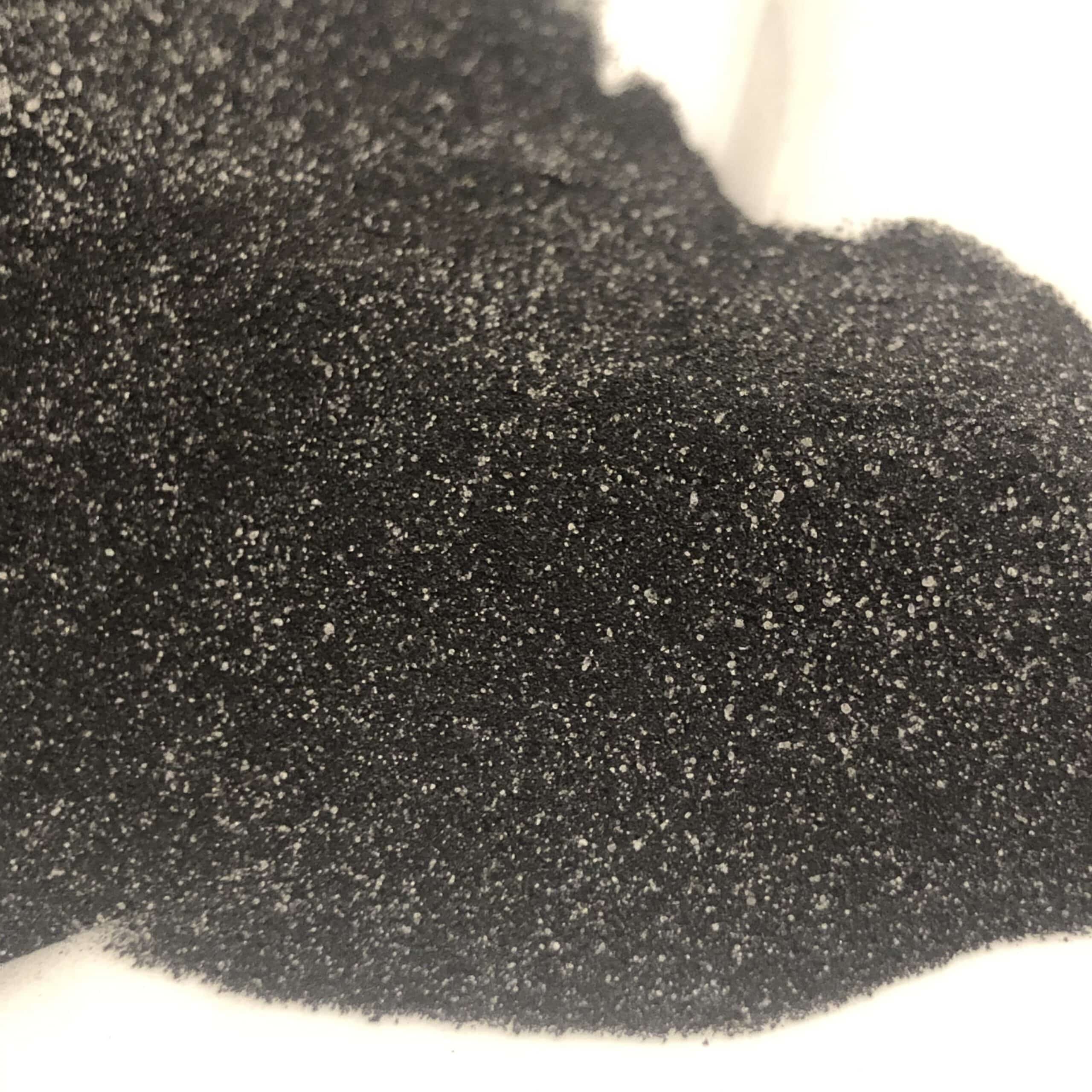Generally referred to as soil conditioner, humic acid is primarily made from decayed organic material that’s rich in nutrients. The primary reason that gardeners add humic acid to their lawn soil is to improve nutrient intake; humic acids, with their beneficial soil microbes, make it easier for grass roots to absorb soil nutrients. In this way, humic acid chelates nutrients so that plant roots can benefit from them.
Table of Contents
What Is Humic Acid?
Humic acid is essentially decomposed plant material. It also goes by the name humus. The hummus contains microbes and micronutrients, including hydrogen, nitrogen, potassium, and phosphorus–key ingredients for a sound fertilizer. From a chemical perspective, humic acid provides a bridge between the nutrients in the soil and the plant roots. It effectively ‘unlocks nutrients’ in the soil so that the plants or your grass types can absorb them. Keep in mind that humic acid isn’t a fertilizer in itself. For best results, you’ll want to add fertilizer after your humic acid applications.
Humic Acid vs Fulvic Acid
Though similar, fulvic acid (which has slightly smaller molecules) is beneficial for either alkaline or acidic soils. Often, people use the two together. Humic acid is better for improving the health of lawn soil. Fulvic acid, with its smaller molecules, is better at nutrient absorption once the nutrients are actually absorbed by the root system.
Our team likes Kelp4less Green Lawn & Turf or Extreme Blend. These products contain fulvic acids as well as humic acid. Additionally, they include nutrient-rich sea kelp and amino acids to feed your soil and stimulate plant root growth.
Benefits of Adding Humic Acid to Lawns
By adding humic acid to your lawn, you can promote certain benefits, including:
Increase Soil’s Capacity to Store Nutrients
Humic acid will help you ensure that your soil is not only rich with nutrients, but that it’s able to store them and prevent them from leaching out. When your lawn needs those nutrients, they’re more likely to be readily available.
Increase Soil’s Capacity to Store Water
Humic acid supports the soil’s ability to store moisture. During dry spells, this capacity may prove crucial to helping you maintain a healthy lawn. If you live in an area prone to drought or dry summers, humus’s water retention properties will help you maintain the highest concentrations of moisture for your soil to help keep your grass types and plants green.
Chelate Nutrients
As a chelator, humic acid improves nutrient absorption by plant roots. While humus improves nutrient exchange, it doesn’t actually work as a fertilizer. Consequently, be sure you also fertilize your soild when applying humic acid and fulvic acid for best results.
Improves Soil Structure
Use humic acid to improve the soil structure and consistency of your ground soil.
Improve Certain Types of Soils
Some soils can benefit from humic acid considerably. Sandy soils and alkaline soils, in particular, stand to benefit from humic acid.
How to Use Humic Acid to Condition Your Lawn
When applying humic acid, it’s helpful to know that you can’t really overdo it. You won’t burn out your soil if you apply too much. However, you also don’t want to waste it either. Although too much humic acid at one time won’t damage your lawn, the excess will simply go to waste.
First, you must decide between liquid humic acid and granular humic acid. Both humic substances will benefit lawn and garden soil health. Liquid humic acid is faster-acting. Granular humic acid, often more affordable, needs to be applied with a sprayer or watered after applying humic acid. Powdered liquid – or soluble powder – is the cheapest form of humic acid; you’ll simply need to apply it with water.
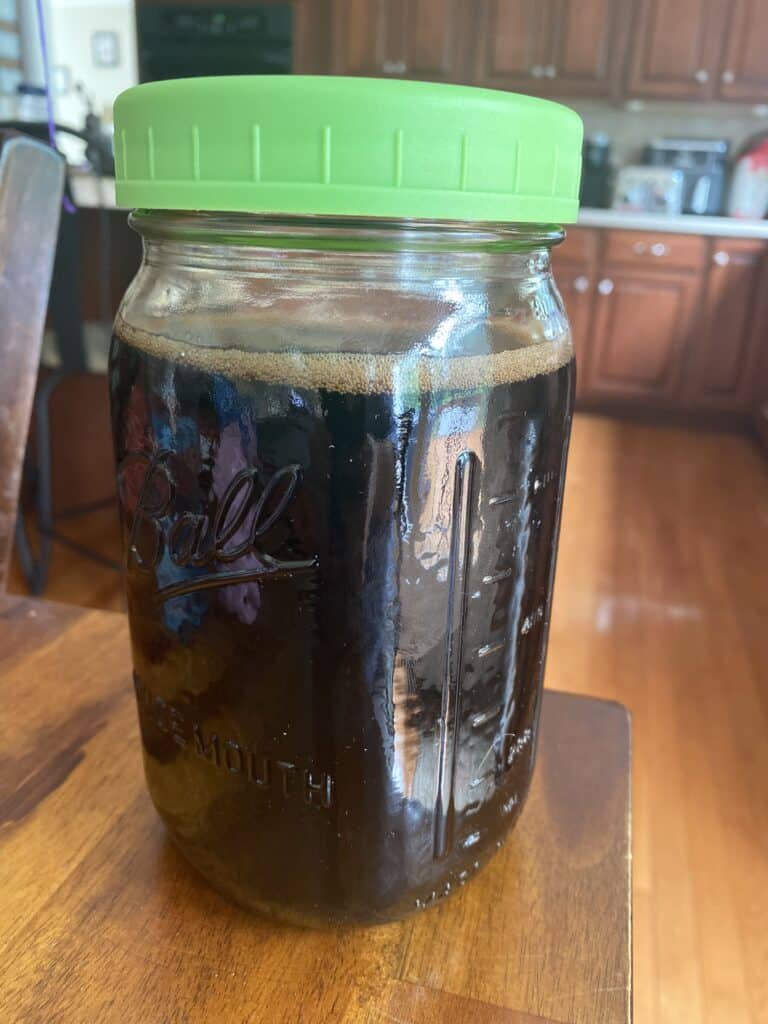
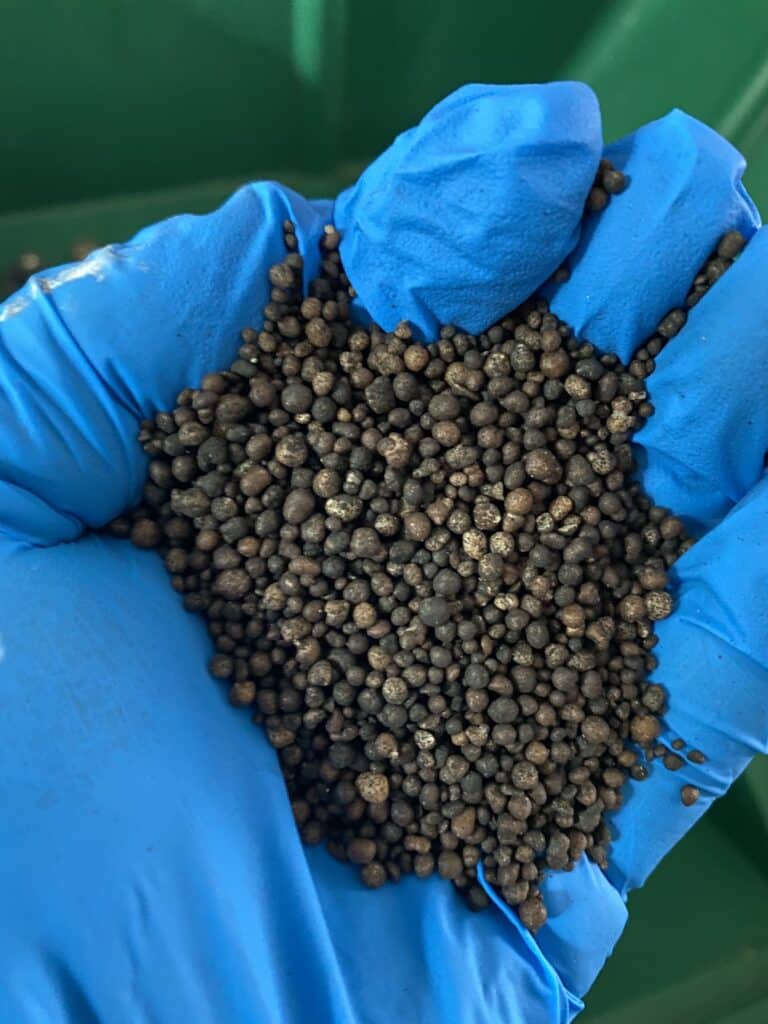
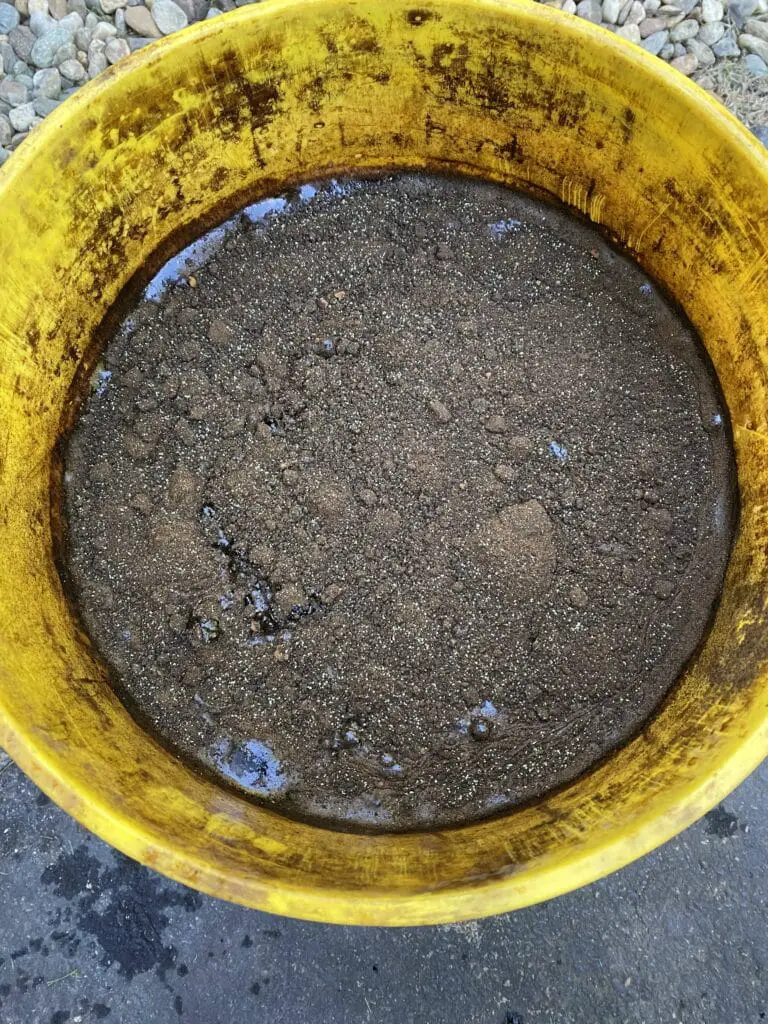
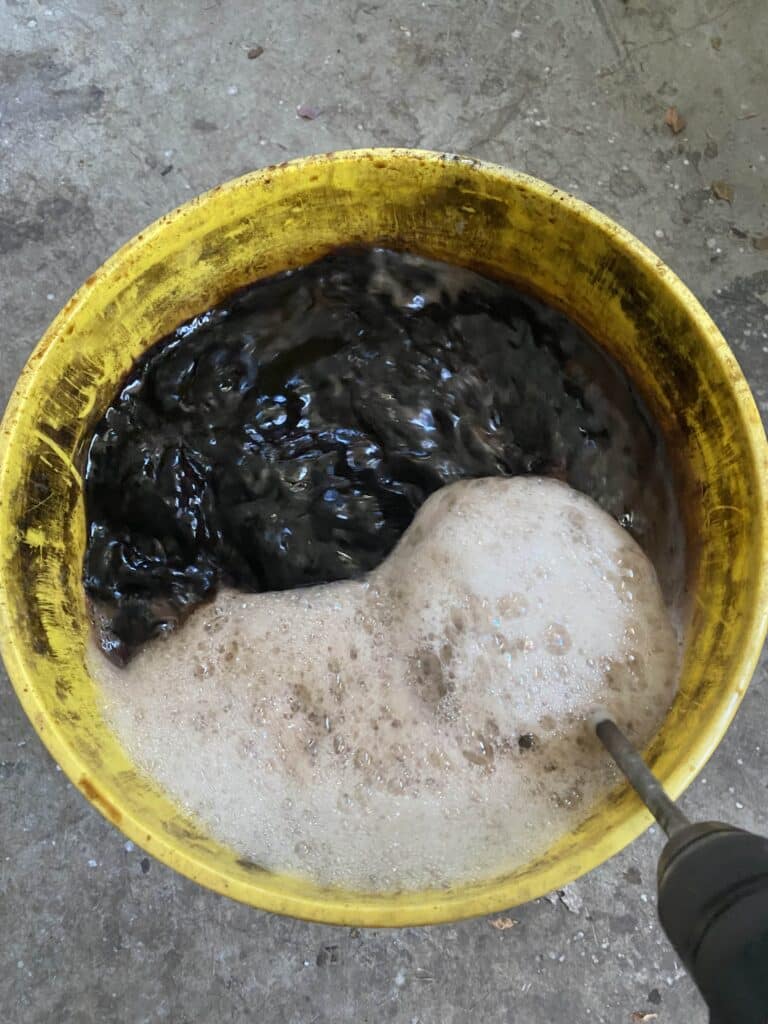
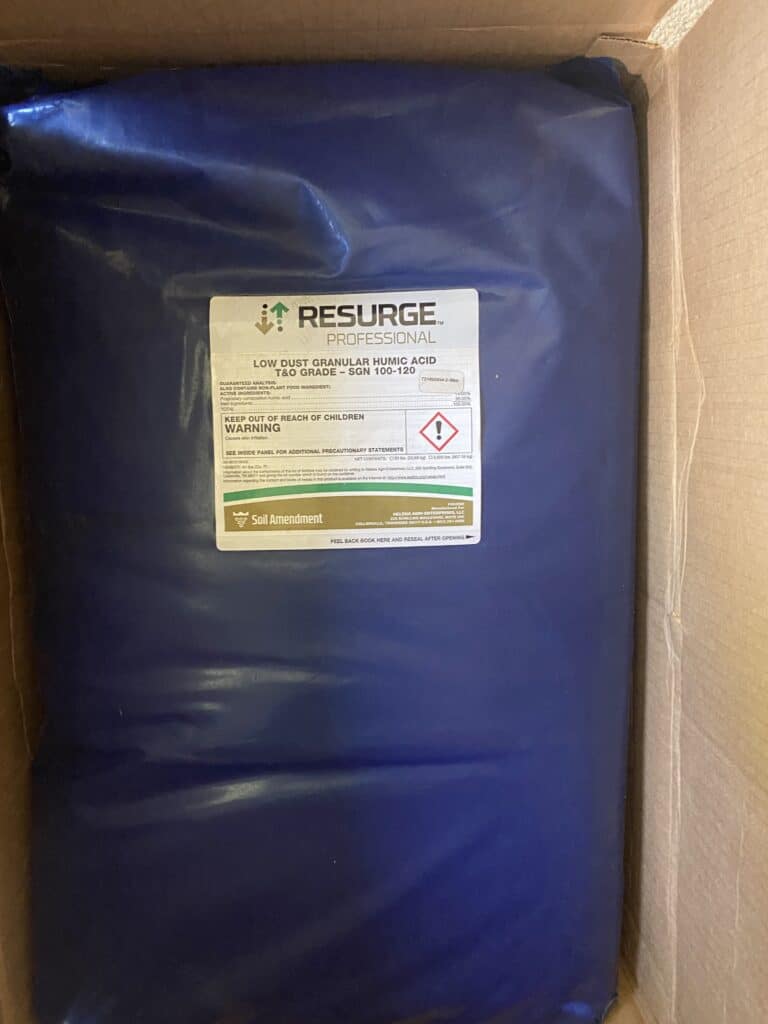
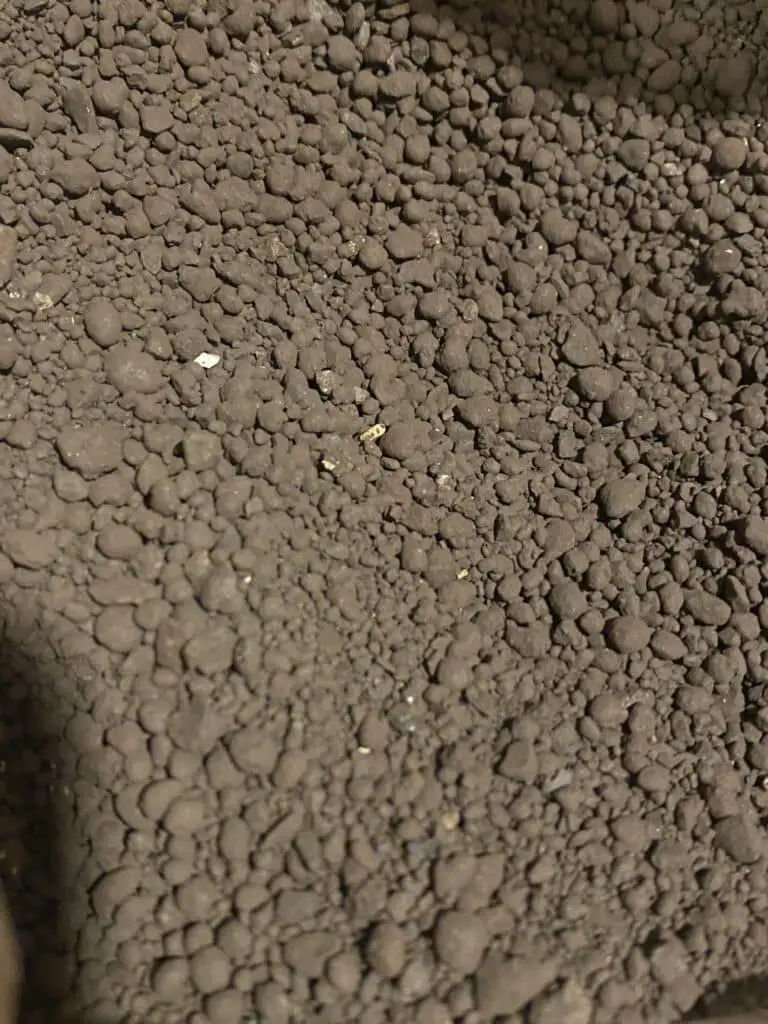
Lawn Phix Recommendations
You’ll find different humic products in the marketplace today, so we thought we’d mention our preferred options. Our favorite granular humic acids are:
Be sure to use at least 1-2 pounds per 1,000 square feet.
Our favorite liquid humic acid for lawns:
Best Overall and Best Value Humic Acid
We prefer Kelp4Less Humic Acid. It’s water soluble, 80% pure, and a great Humic12 alternative.
Humic Acid FAQs
Is Humic Acid Better Than Compost?
Humic acid is part of compost. Compost includes decaying organic matter. Humic acid constitutes material in its last stages of decay. Compost also contains fulvic acids. With its beneficial soil microbes, compost and humic and fulvic acid can be added. Also, compost contains more nutrients, so it can be used as a fertilizer. It tends only to have about 5% of humic and fulvic acids, so ideally, you should use both. The problem with compost is that it can be bulky and more difficult to apply to grass types and other areas of your landscape.
What does humic acid do for your lawn?
Humic acid offers many benefits for your lawn. These include improving soil chemistry and soil health, improving soil structure, increasing soil’s water holding capacity, and improving nutrient absorption. It can also stimulate root growth and release beneficial microbes. Both humic and fulvic acid treatments improve nutrient holding capacity.
When should I put humic acid on my lawn?
The best time for humic acid applications is in spring when preparing for the planting and growing season. However, it can also be beneficial to apply organic matter like humic and fulvic acid molecules in the fall.
Can you have too much humic acid in your lawn?
Gardening experts say that you cannot have ‘too much’ granular and liquid forms of humic acid in your soil. Incorporating humic acid applications into your lawn care routine too often, however, will simply waste the humic acid as your lawn only needs so much.
How fast can I see results with humic acid?
Generally, don’t expect to notice results in your lawn for a few weeks. Some people might not see improvements for a couple months. Your soil structure and conditions will impact these results.
How long does humic acid last?
During the growing season, you can apply humic acid every six to eight weeks–less often if your lawn is lush and healthy.

